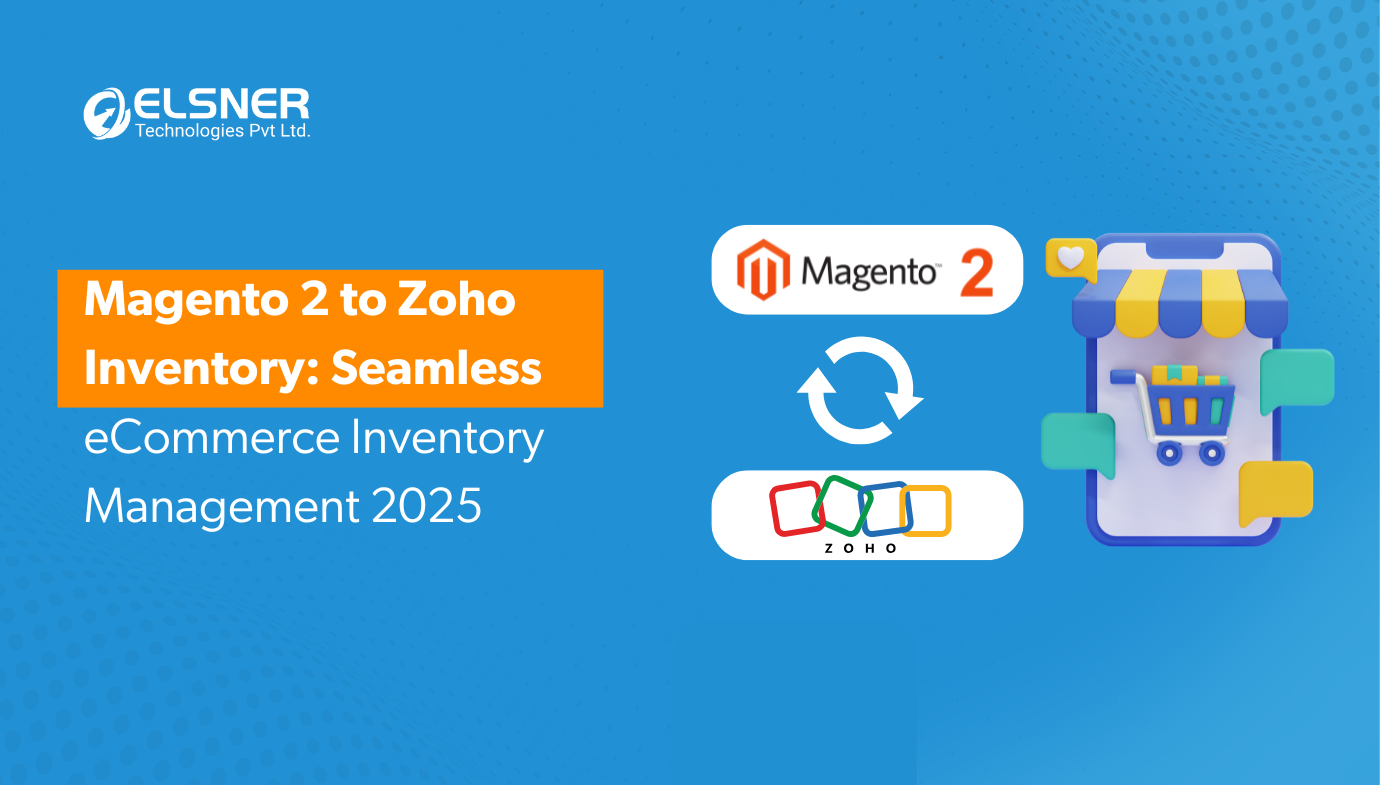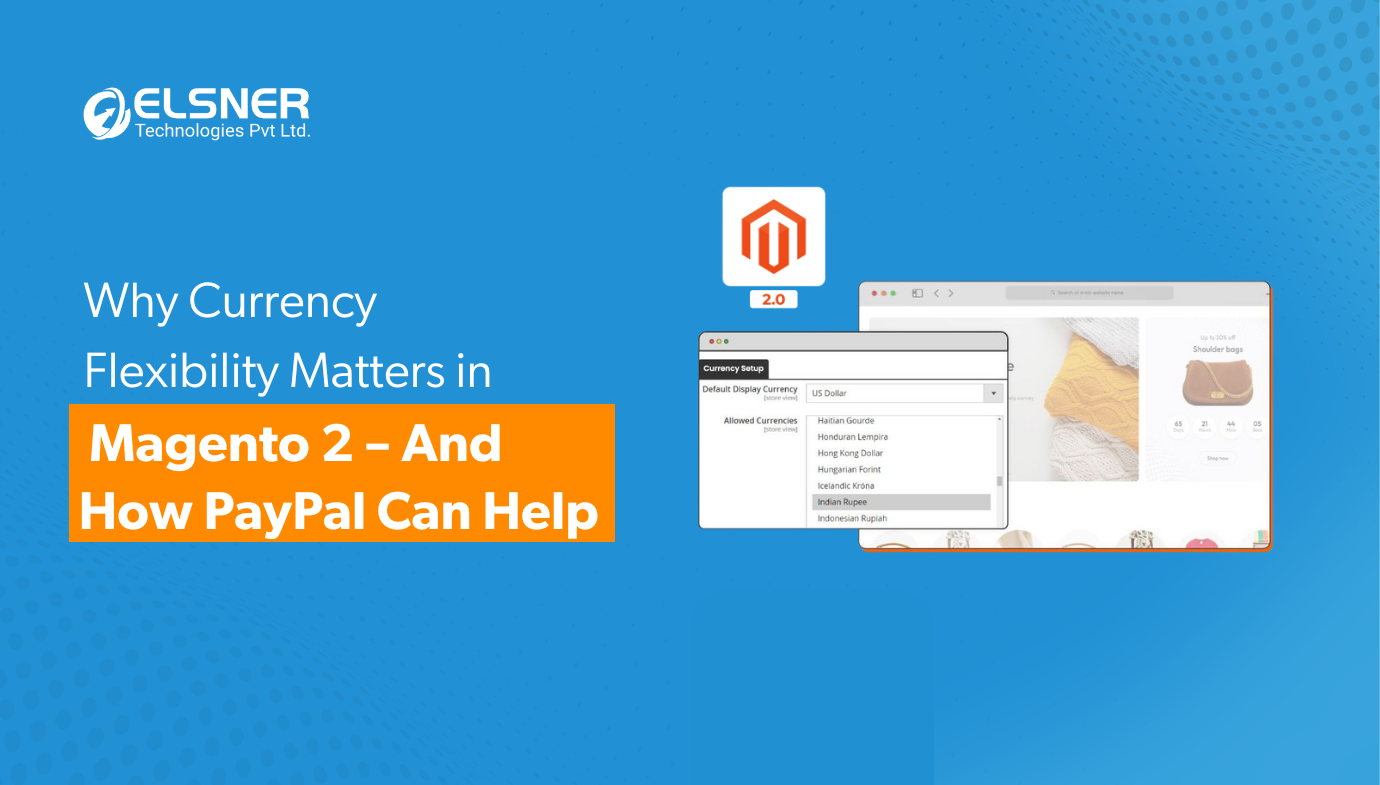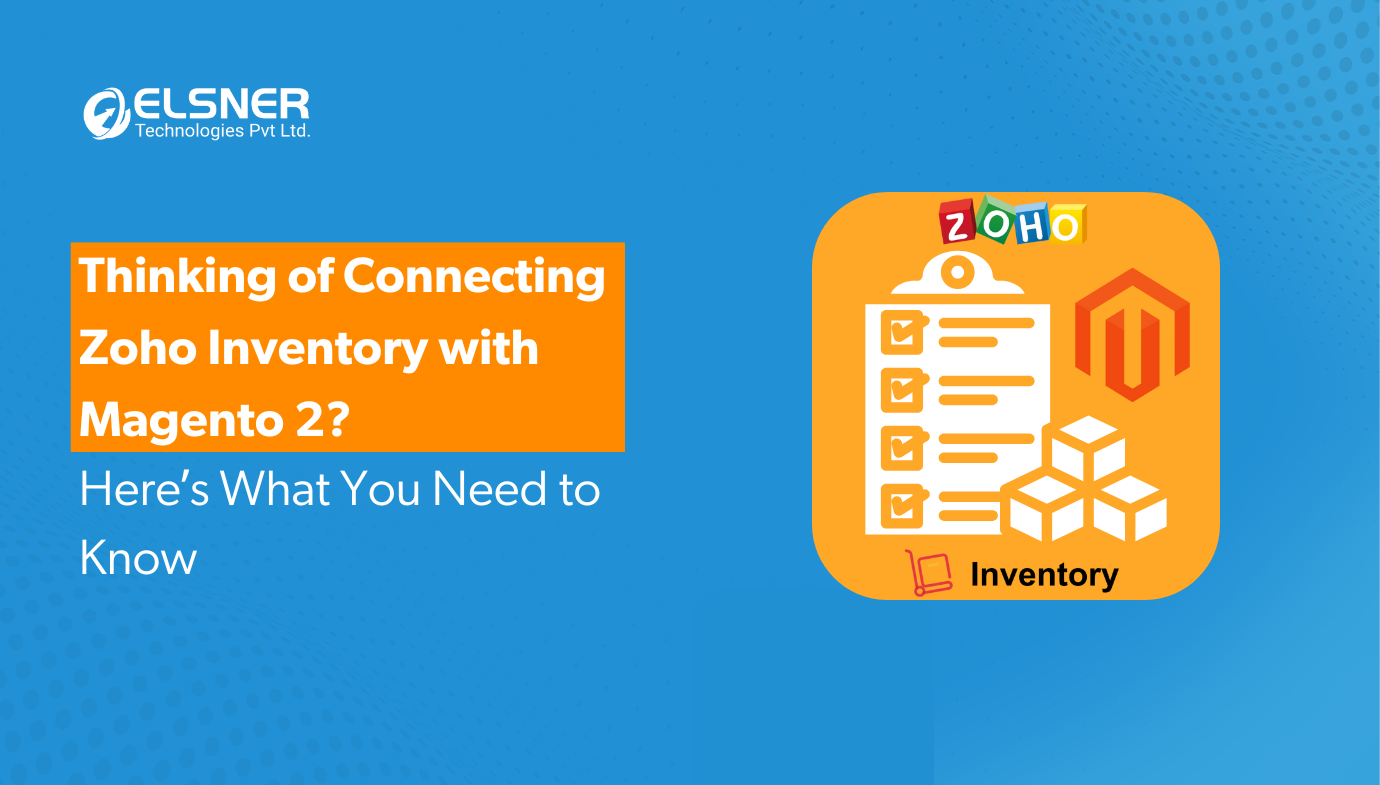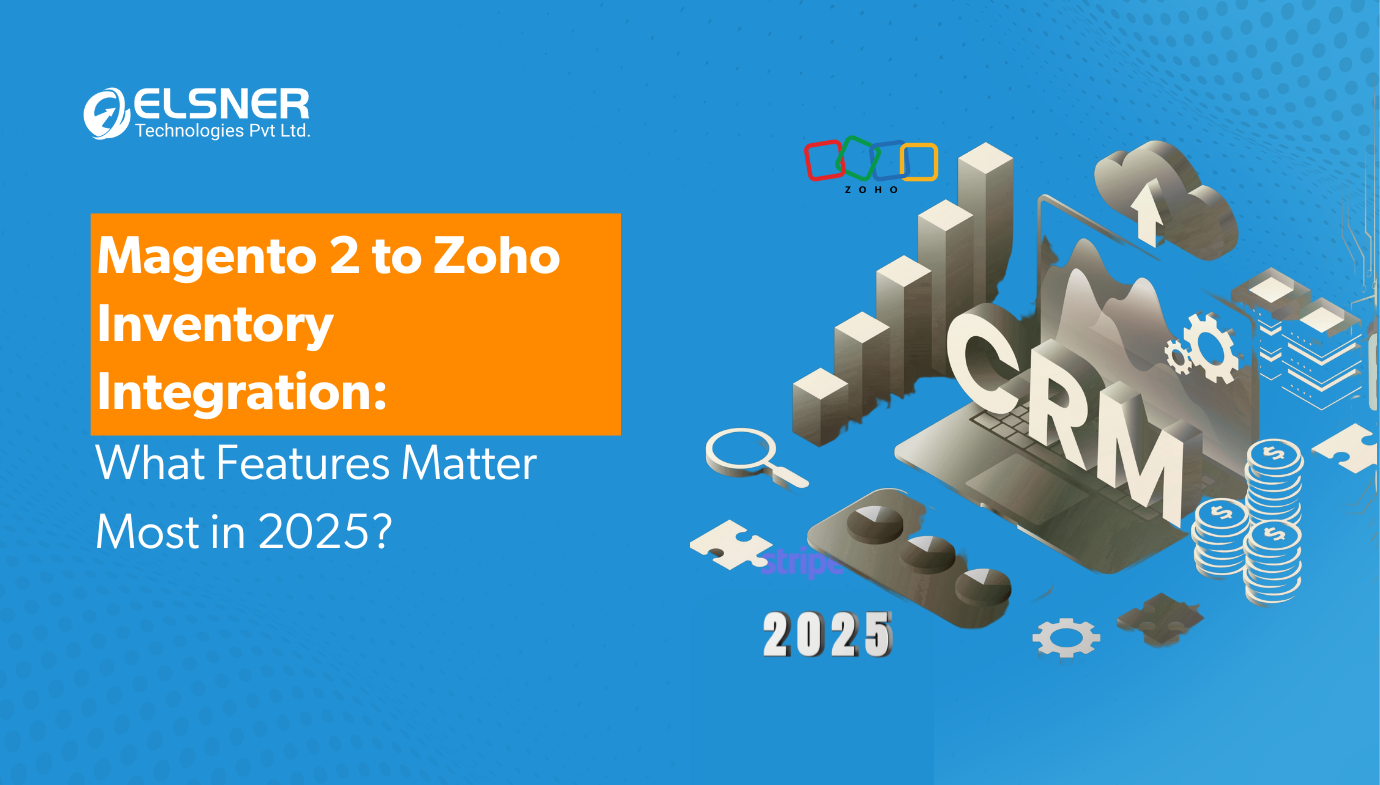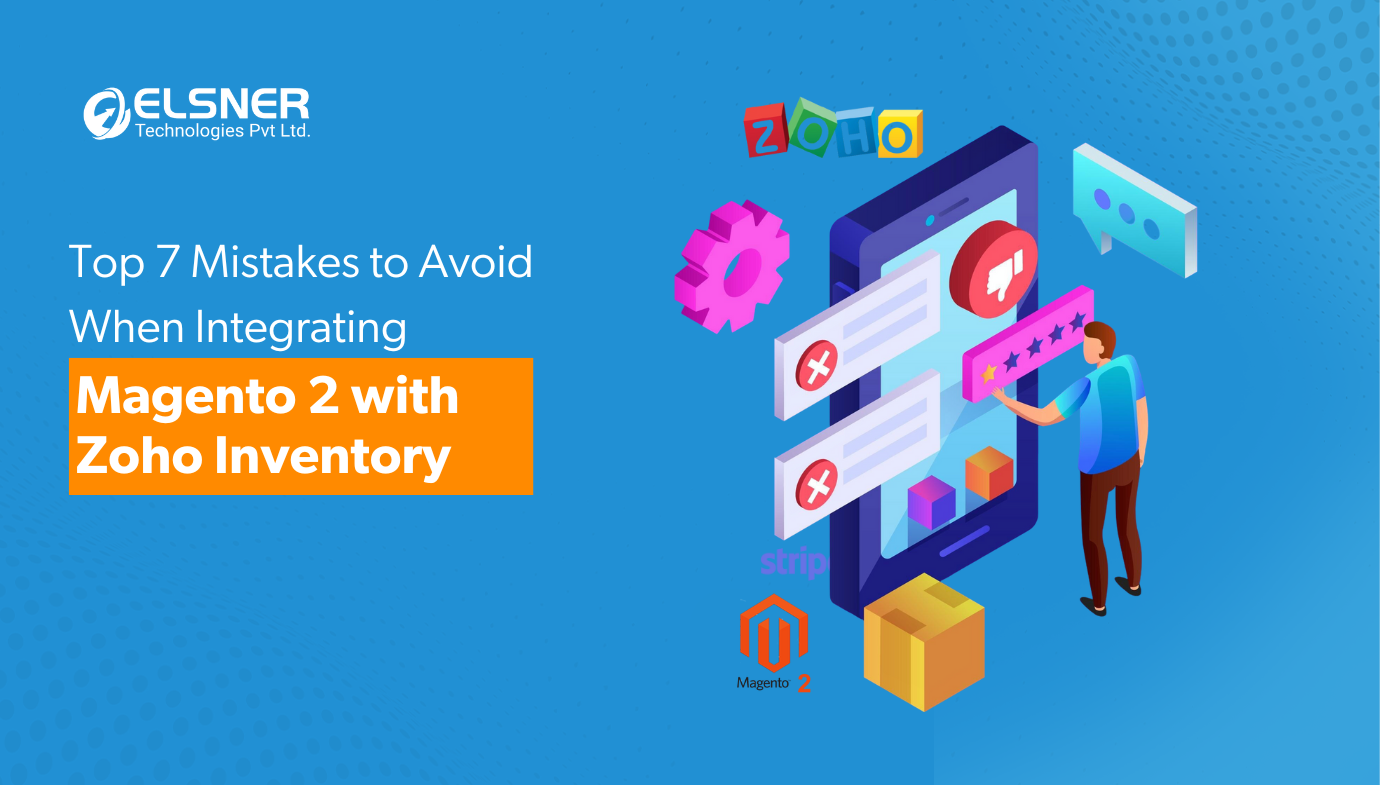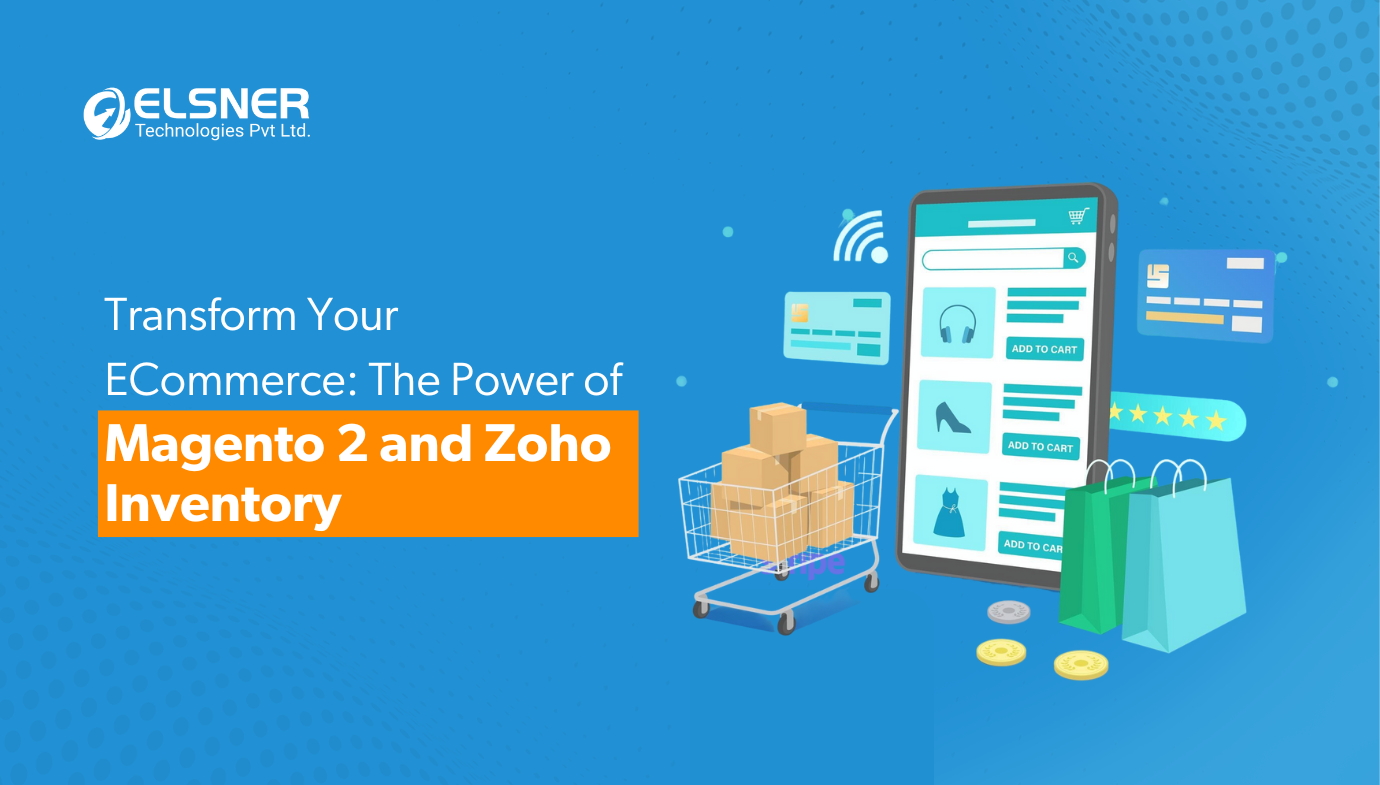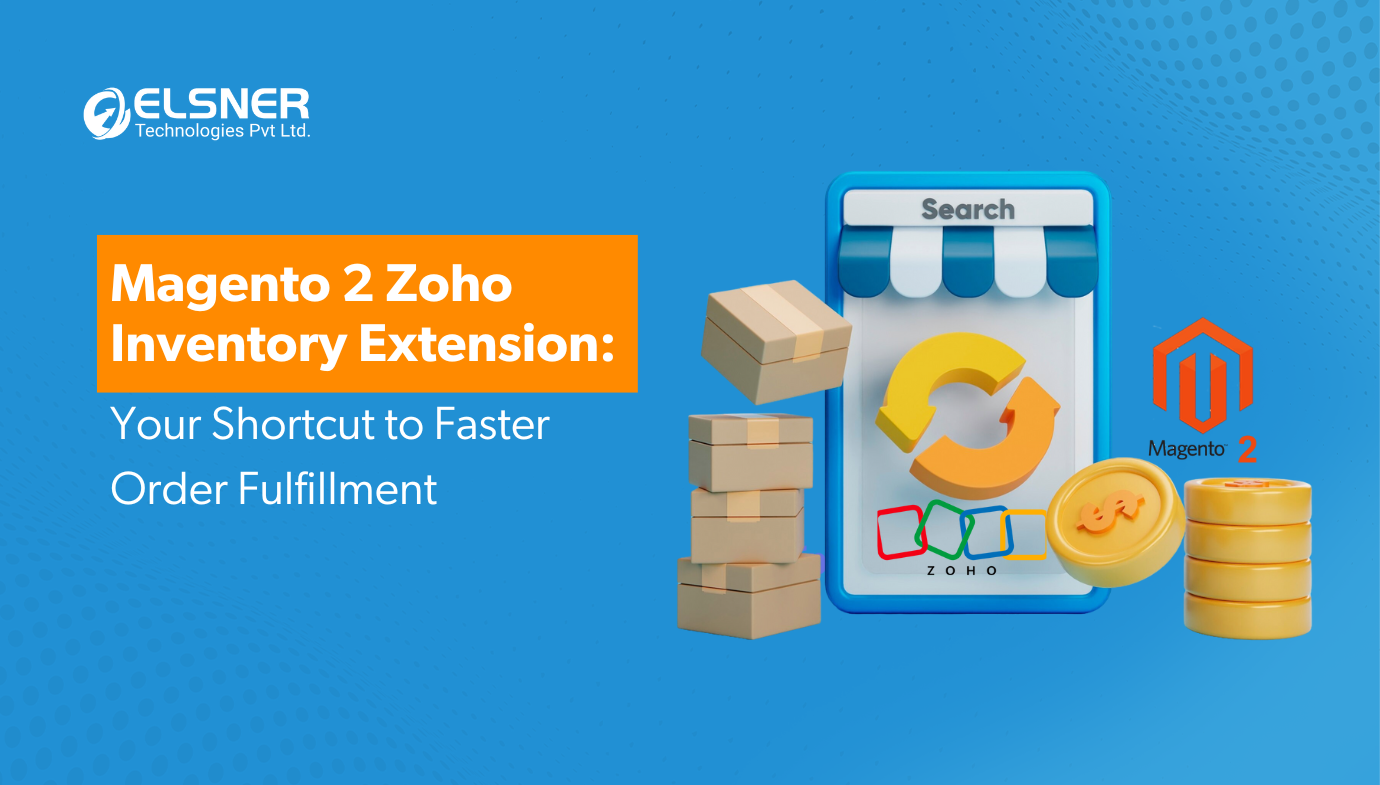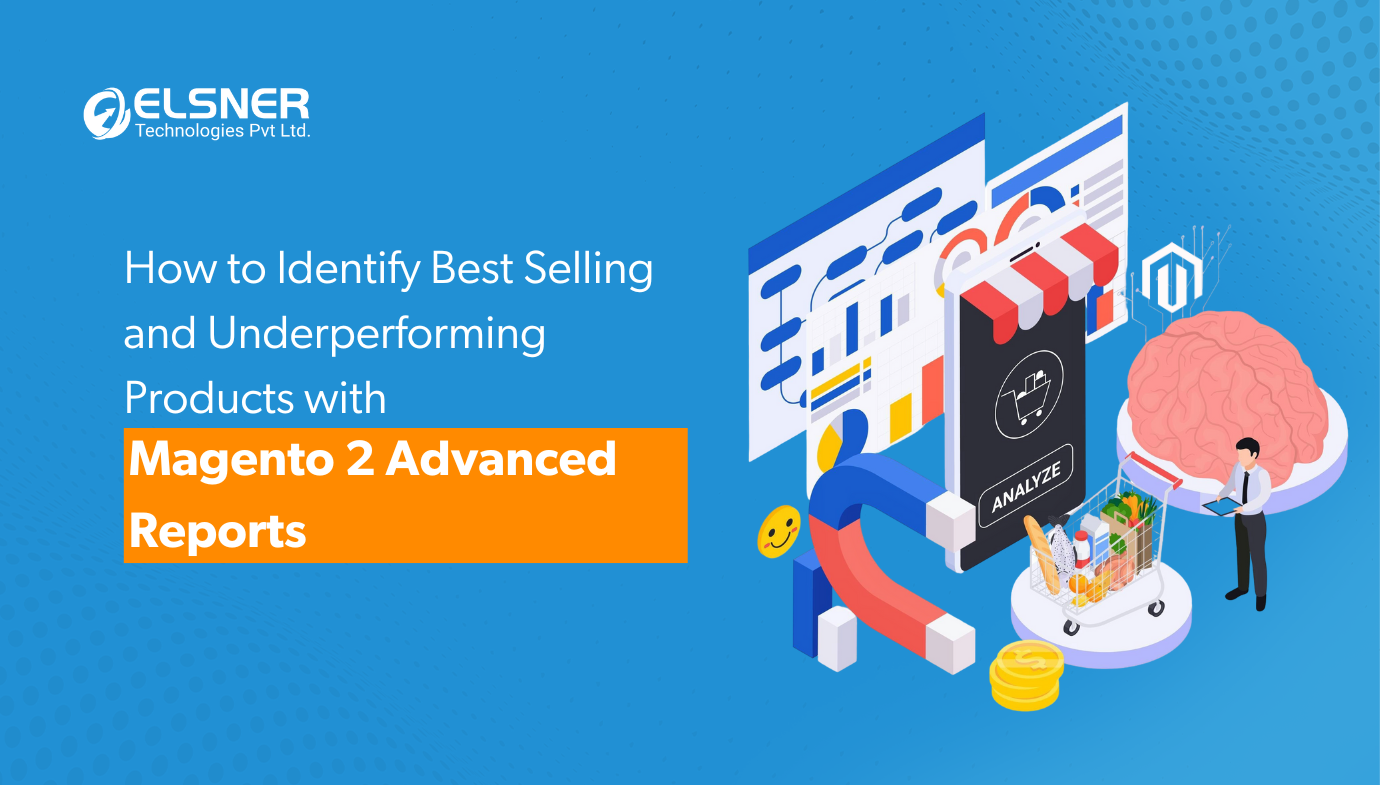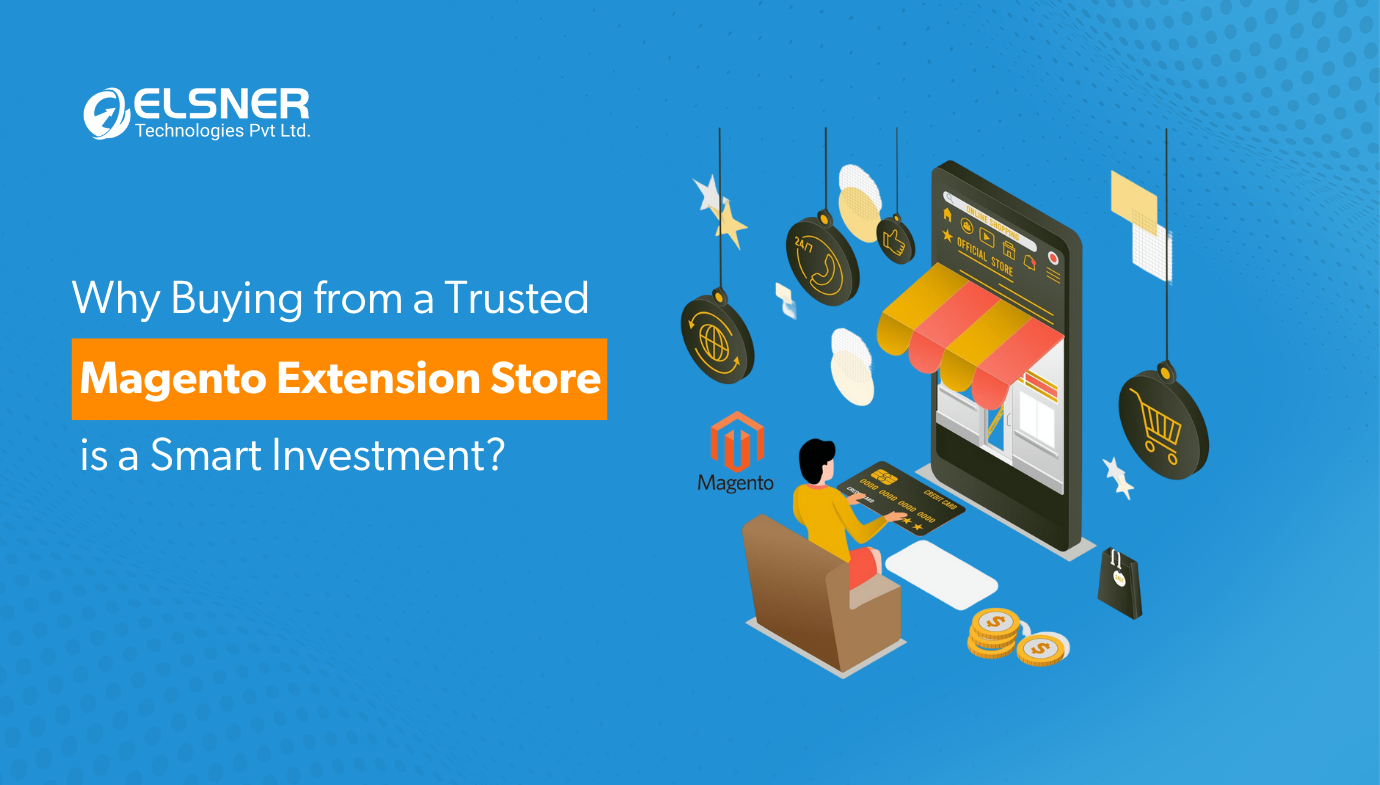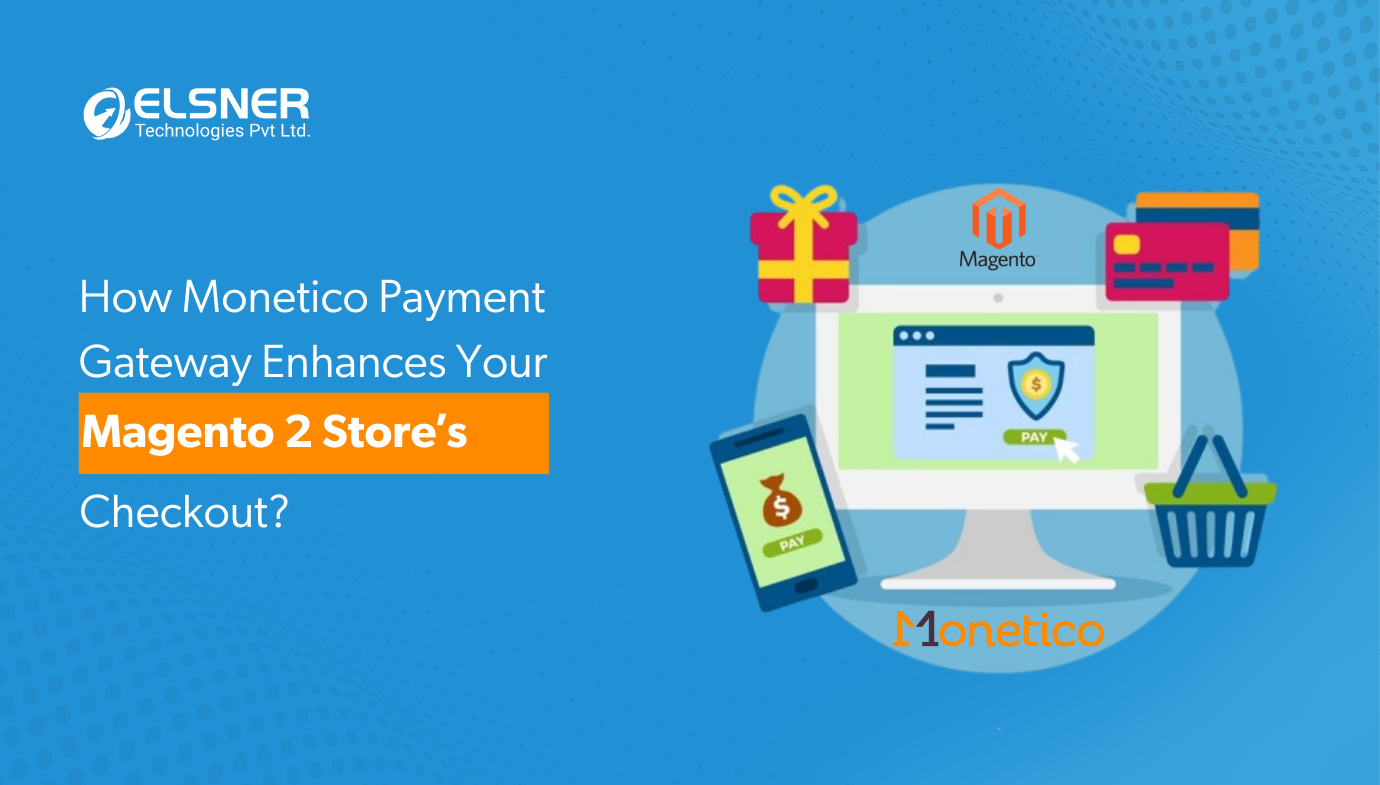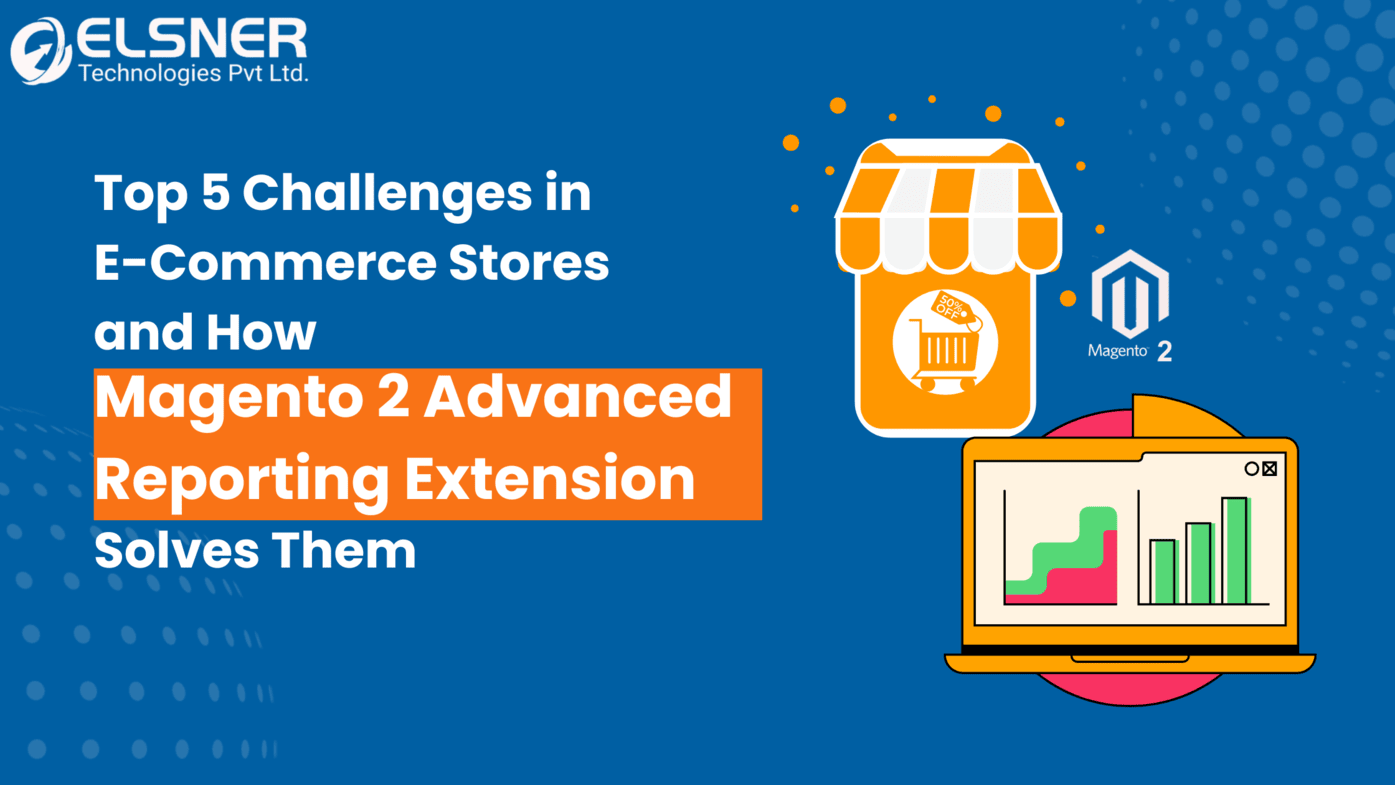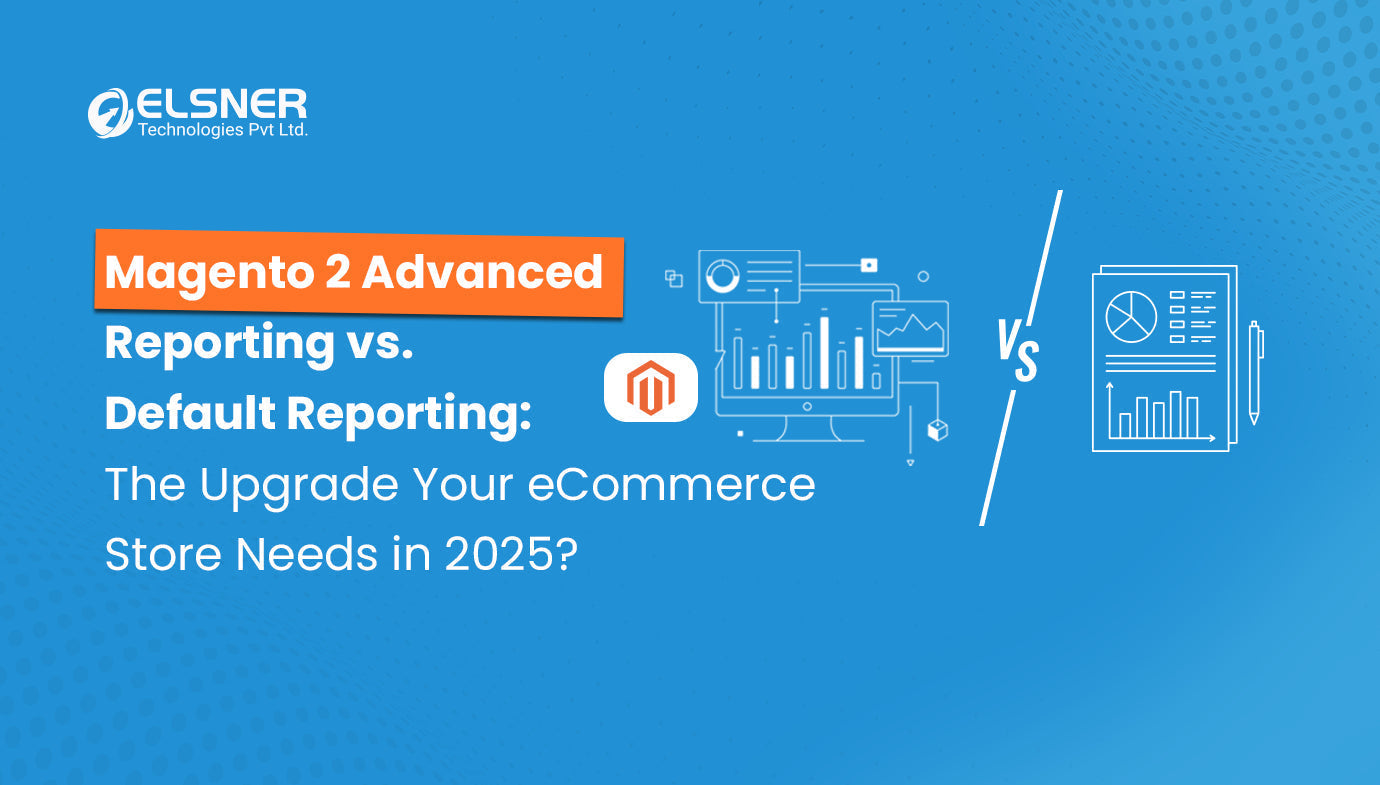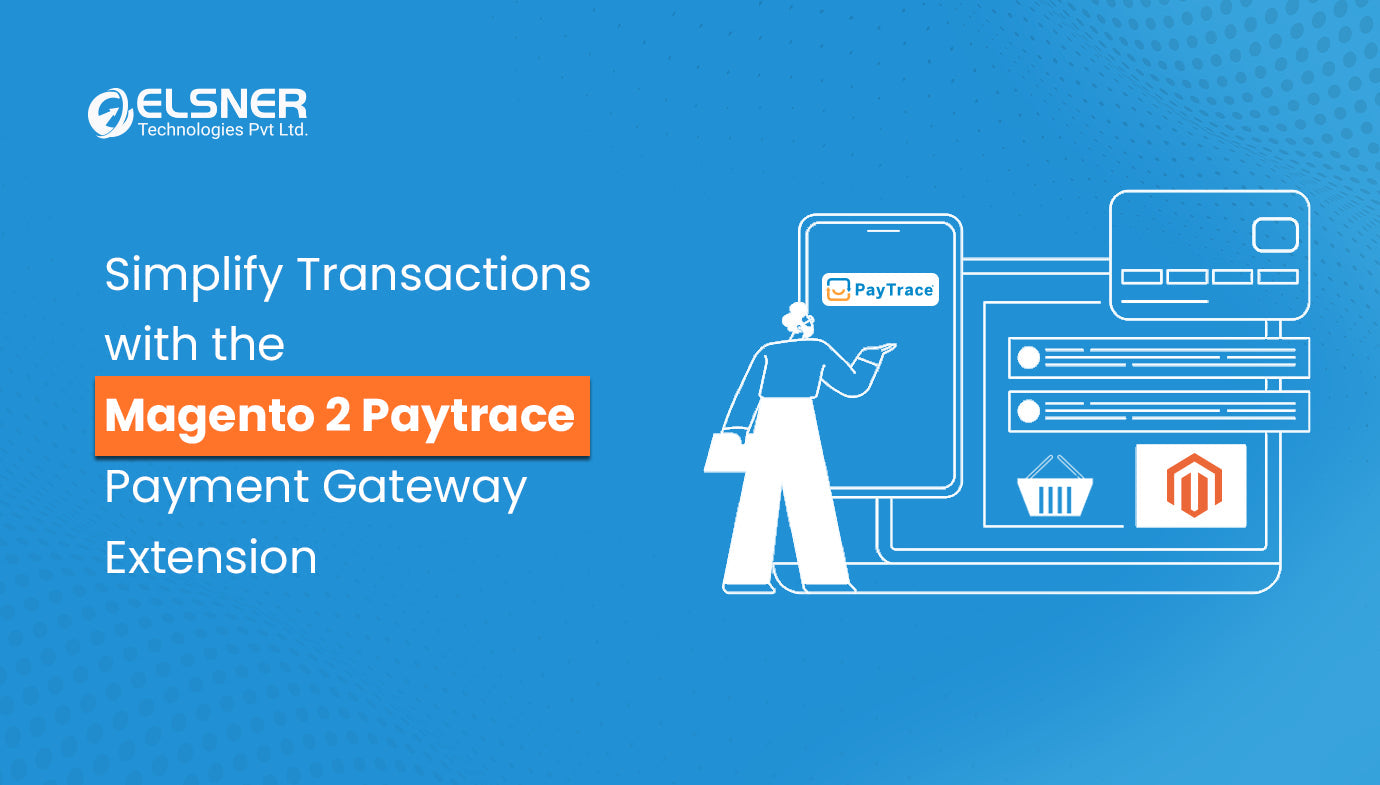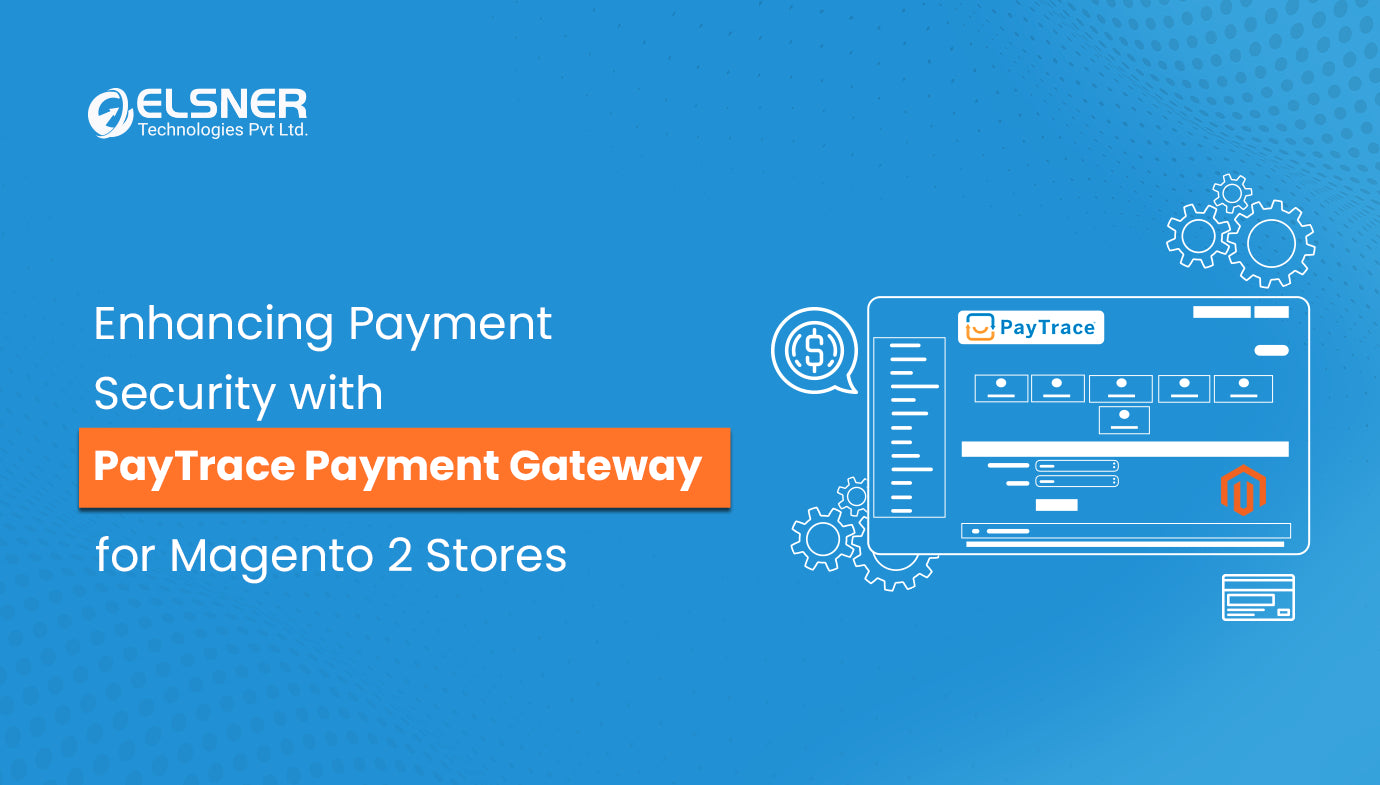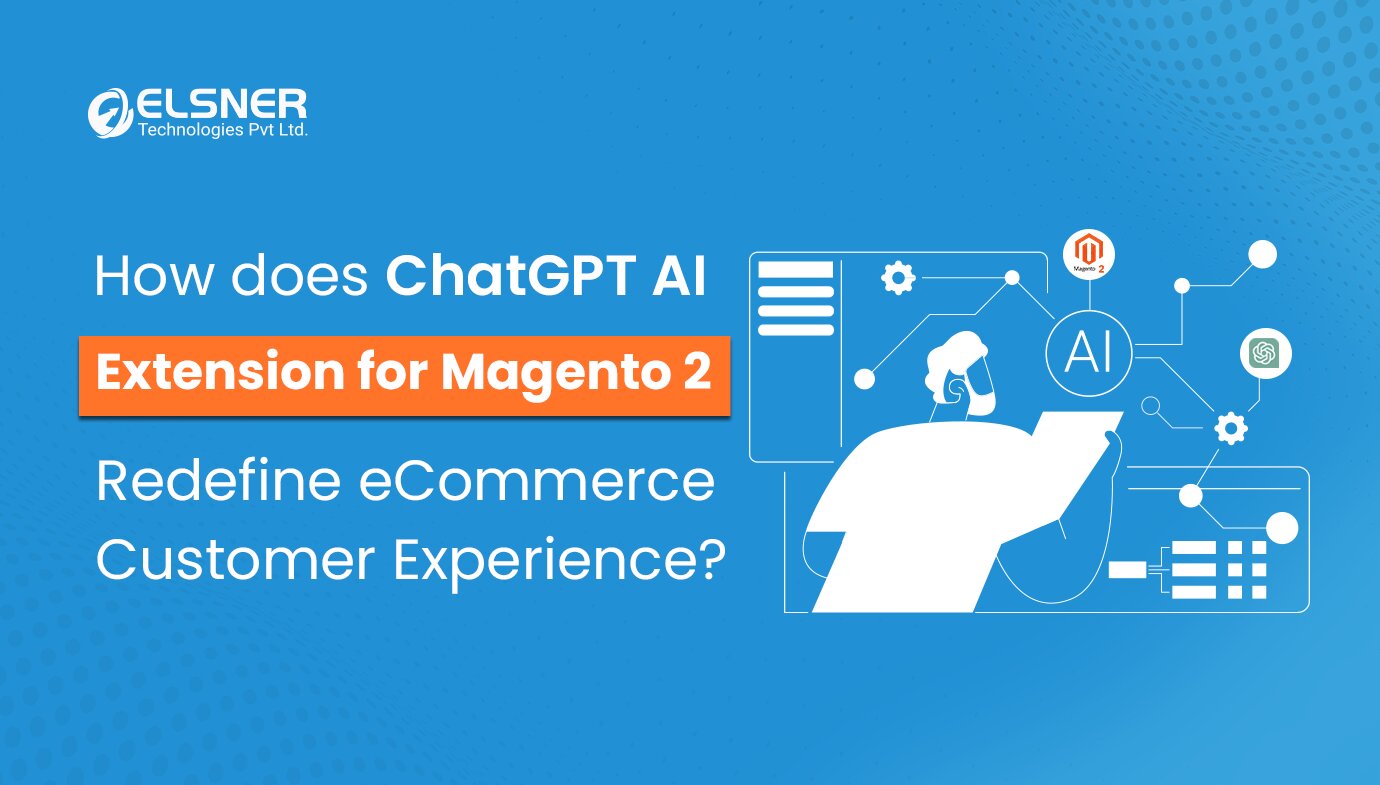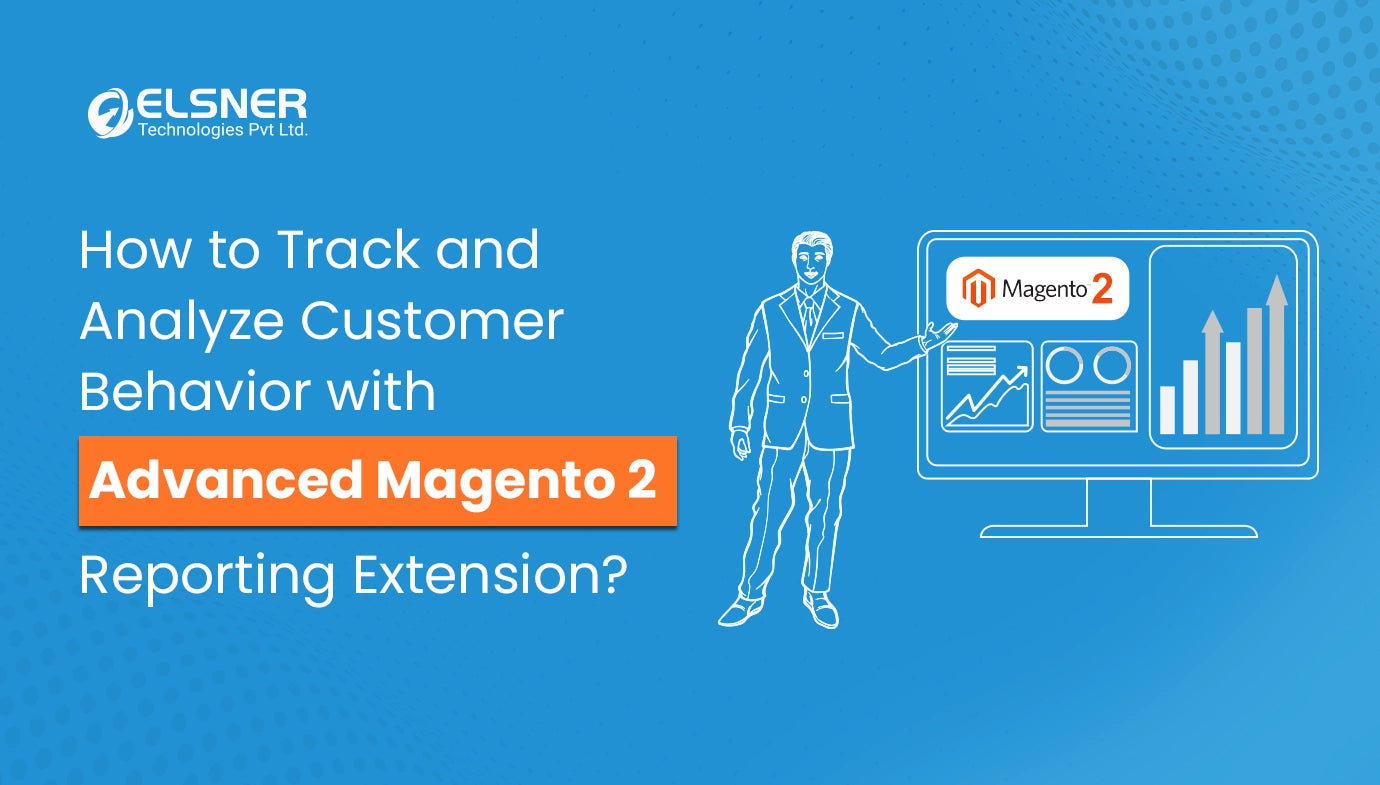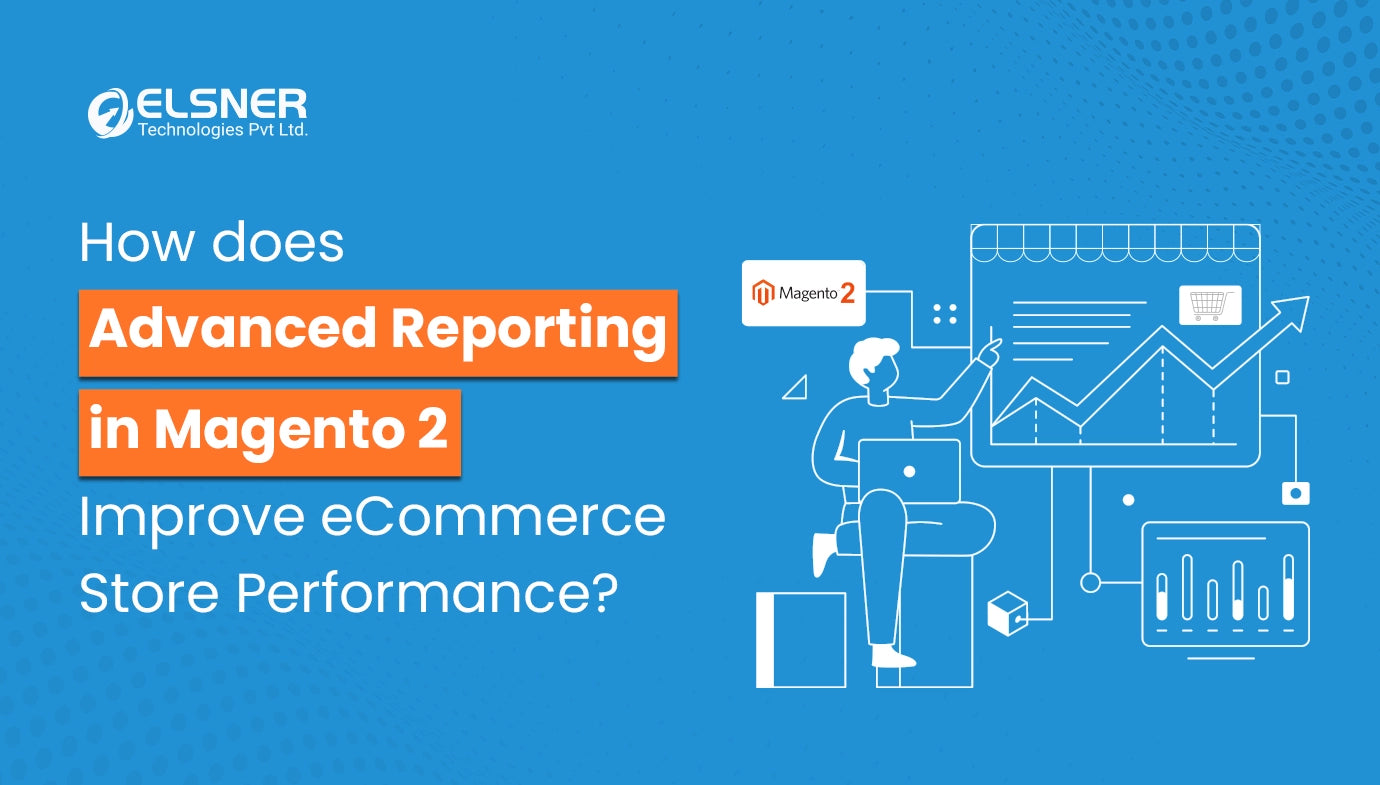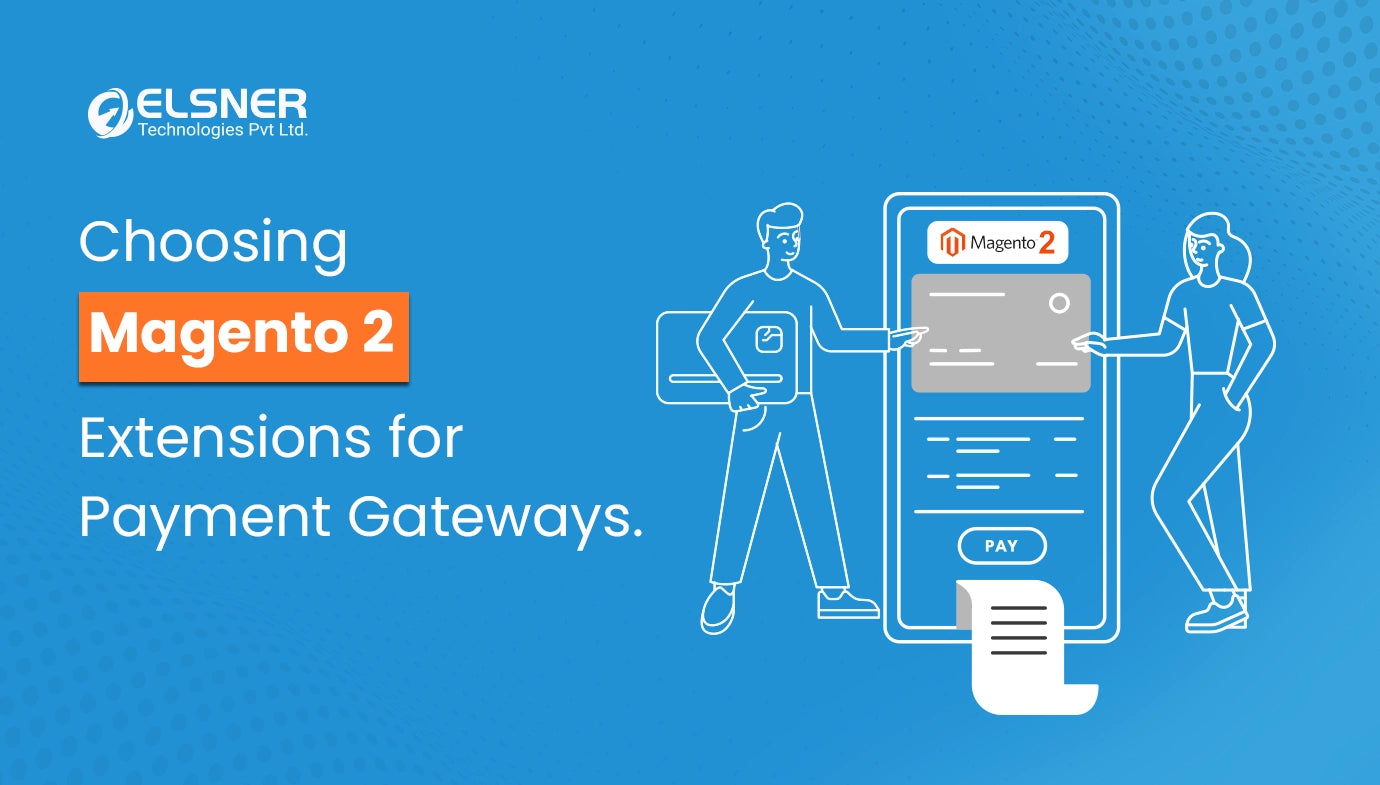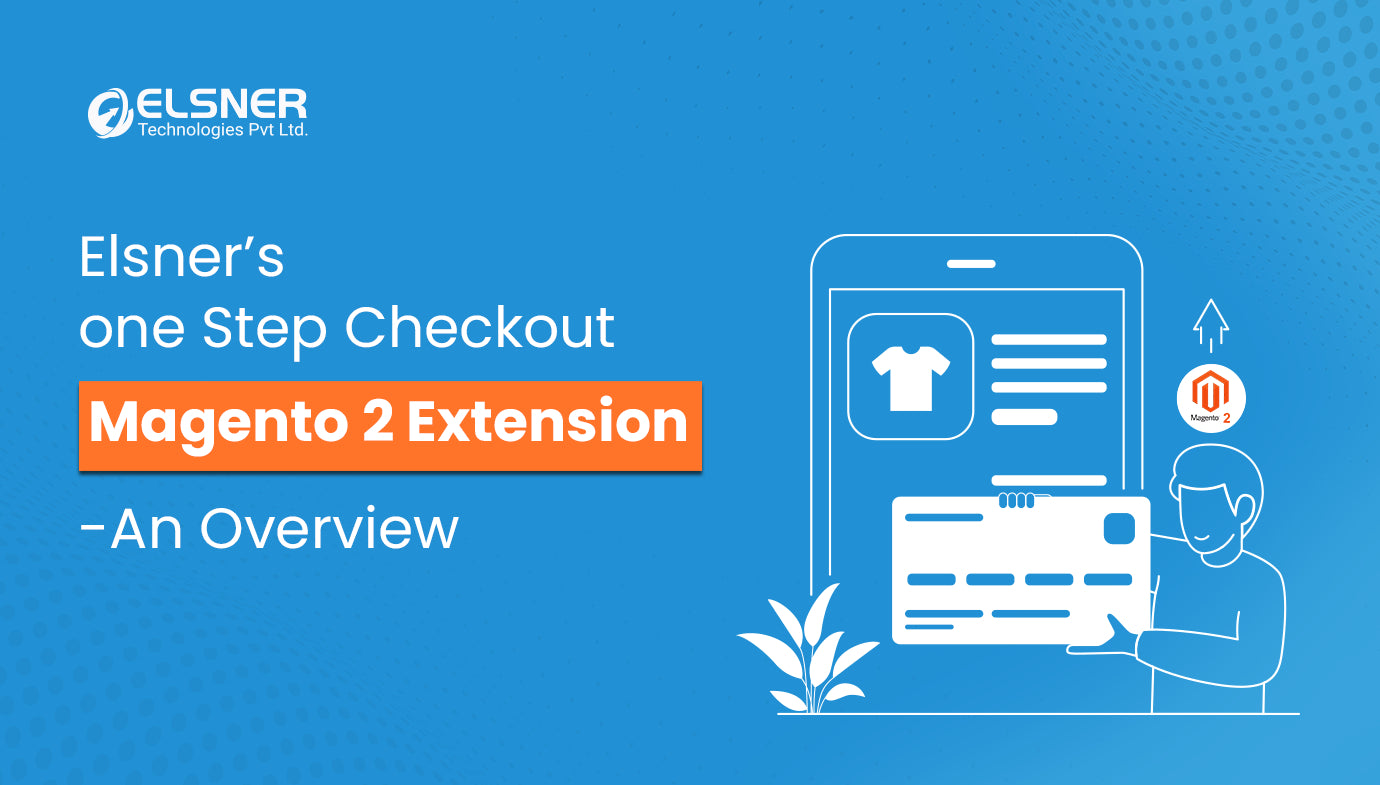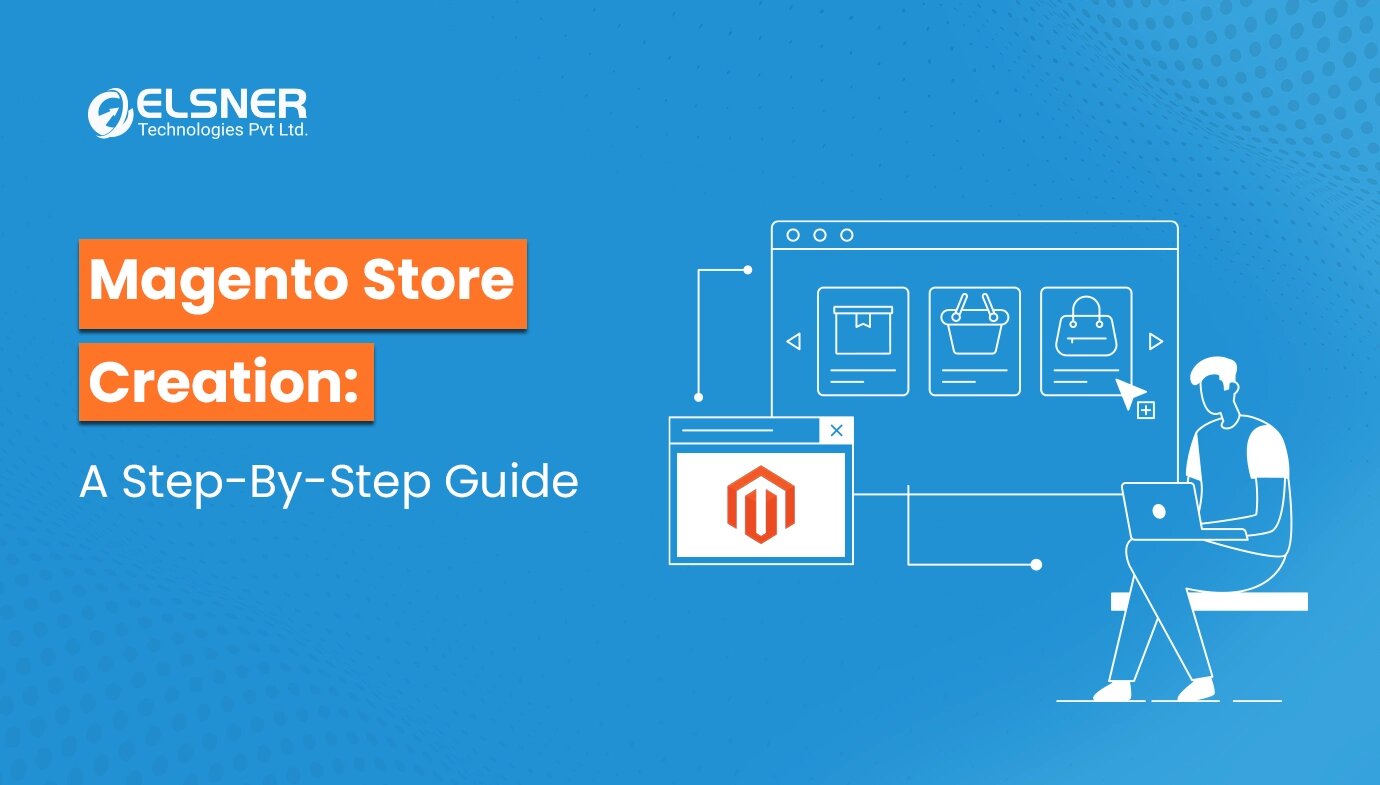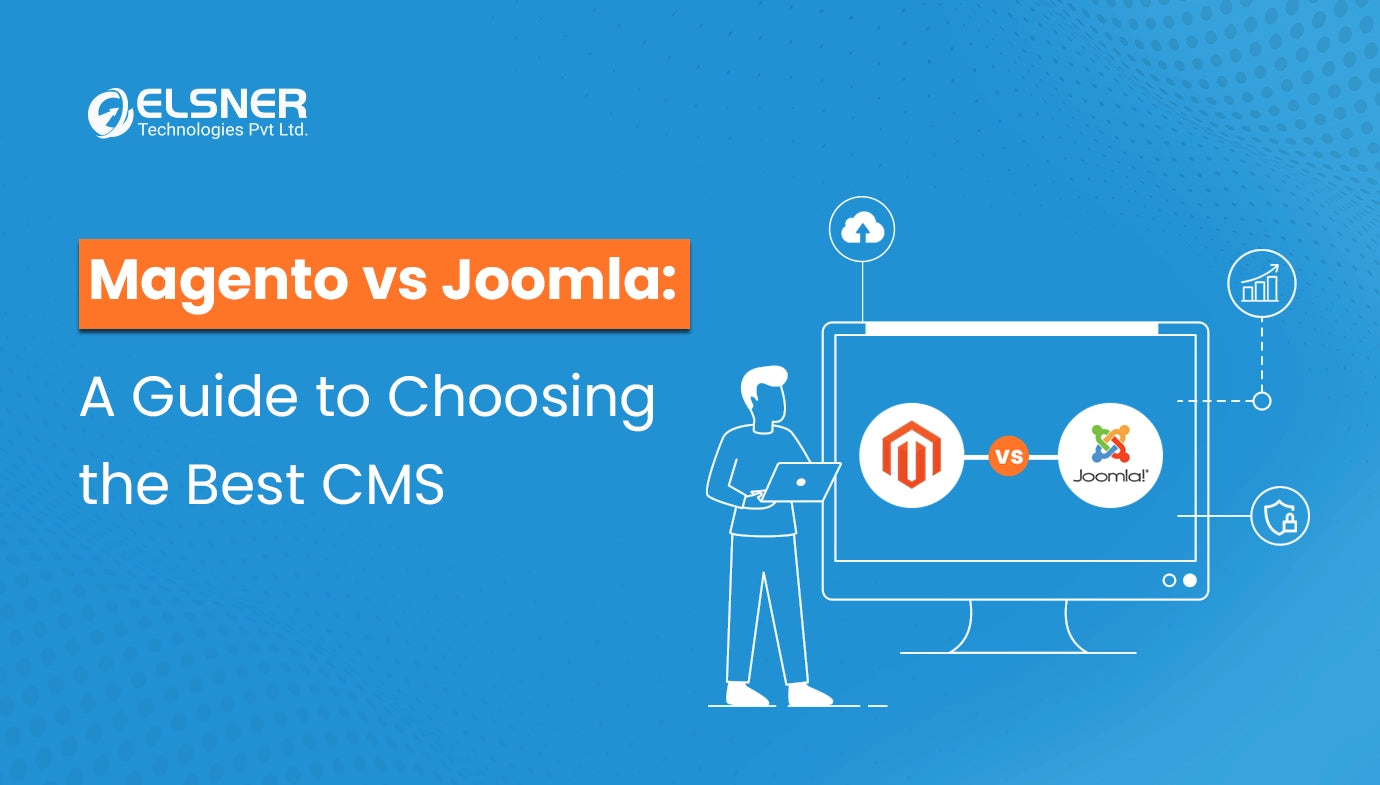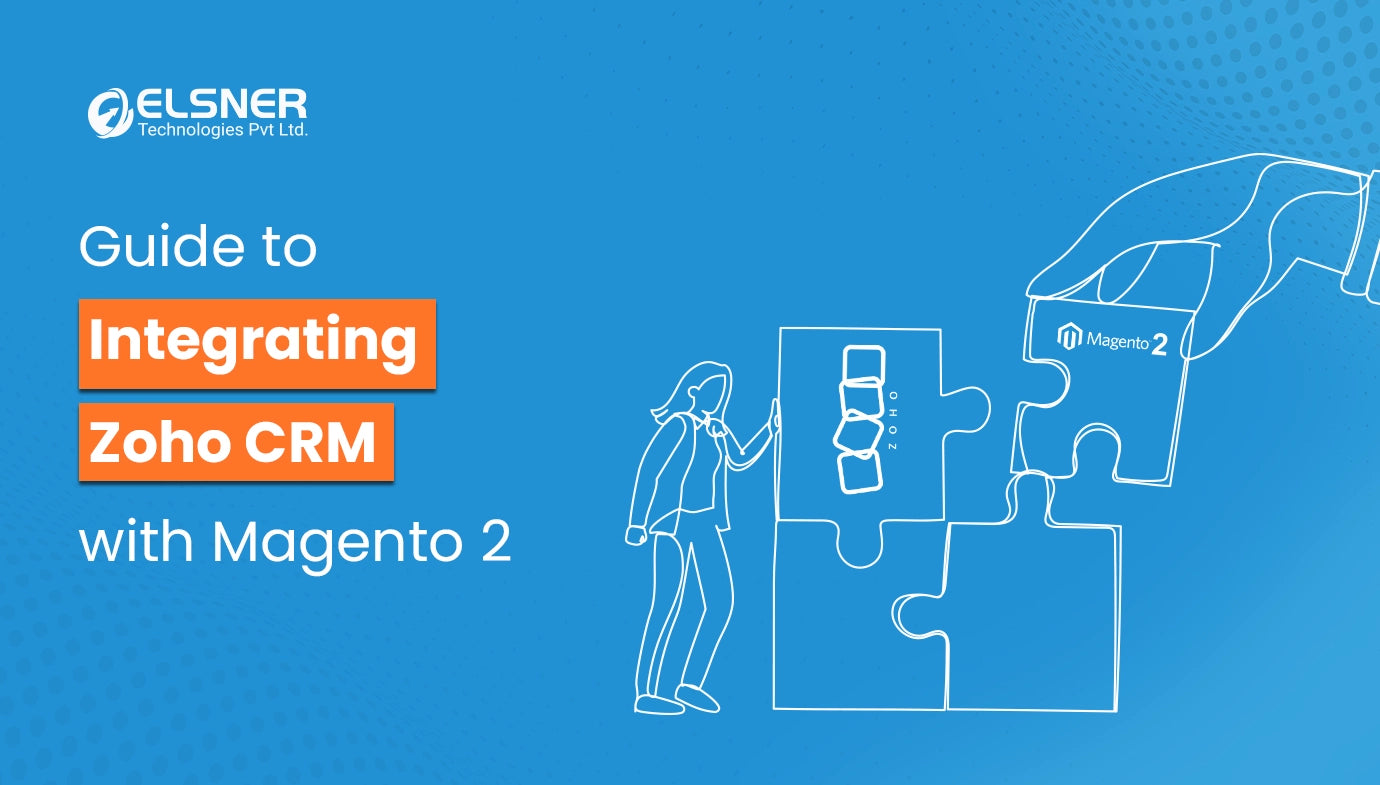Get in Touch
At the initial stage of an e-commerce business, using a spreadsheet and manual data entry can be a good start, but it's surely not suitable for long-term growth.
Managing a small inventory manually is simple but thousands of products can be challenging.
That's why most e-commerce businesses are looking for a more efficient way to manage their Inventory.
According to statistics, 53% of brands are leveraging the tools to manage their Inventory more efficiently and grow their business faster.
So, if you're tired of managing your Inventory and looking for a smart way, then adding a
Magento 2 Inventory Management system via Magento Development Company can be a great solution for your business. It has all the necessary features you require, including fast loading speed, multiple payment options, seamless checkout, and a smart inventory management system.
In today's guide, we will take an in-depth look at Magento 2 Inventory Management, its key features, benefits, and how it helps you in inventory management. Let's find out!
Magento 2 Inventory Management: Overview
Magento 2 is one of the most powerful and fully customizable ecommerce platforms which allows retailers and merchants to build, run, and grow their e-commerce business.
However, there are many issues that retailers are facing overtime on Magento, such as slow loading speed, high learning curve, required technical expertise for customization and much more.
The new upgrade of Magento 2 comes with all these solutions that users were facing like fast loading speed, multiple payment options, a streamline checkout system, a user-friendly admin panel and an advanced inventory management system.
It is especially known for the Inventory Management System that helps retailers to handle large orders, streamline Inventory, order tracking and much more.
Some Top-Notch Features of Magento 2 Inventory Management
Here are some key features of Magento 2 Inventory Management that make this platform the most preferred choice of retailers:
1. Enhance Product Management Operations
Magento 2 offers a seamless product management system so that you can easily list and manage products in the user-friendly admin panel. You can simply track and manage your products with their SKU name, descriptions, product weight, stock quantity and much more. So it gives complete control over your Inventory and streamlines the process of managing the Inventory.
2. Stock Management and Tracking
One of the top features of Magento 2 is stock management and tracking functionality. It allows you to manage stocks and their quantity, keep stocks updated automatically, and provide detailed reports for the Inventory to make data-driven decisions.
3. Low Stock Notifications Alert
Another essential feature of Magento 2 Inventory Management is low stock alert. It keeps you up-to-date with Inventory by sharing pop-up notifications on the admin panel whenever the stock is below the limit. So that you will never be out of stock and run your online store smoothly.
4. Multisource Inventory (MSI) Functionality
Magento 2 has a powerful feature of managing multisource Inventory (MSI) functionality which allows retailers to manage their store inventory from different sources including warehouses, stores, suppliers or distribution centers. It's a one-stop platform that helps you to track and manage stocks of each source and intelligently allocate. By having Magento 2 to Zoho Inventory integration, you can easily track the nearest route to deliver/ship the product to customers and save delivery time and cost.
5. Backorders and Pre-orders
Magento 2 has a built-in system to manage backorders and pre-orders. So that you'll stay up-to-date with stock availability and reduce the chances of out-of-stock. Whenever the stock is about to go below the limit then a quick alert is shared with the admin to fulfill the Inventory and once it's updated then a pop-up notification is shared with customers who previously experienced out-of-stocks. It helps to run the business smoothly and streamline order fulfillment.
6. ERP Integration
Magento 2 can be easily integrated with multiple Enterprise Resource Planning (ERP) systems. So that you can easily import your inventory data to other departments of your business such as accounting, finance, supply chain, CRM etc. There are various extensions available that help you to add more functionalities to your Magento-based online store such as Zoho Inventory and Magento 2 Connector and streamline day-to-day operations efficiently.
7. Supply Prediction
Another helpful feature of Magento 2 Inventory Management is supply prediction. It helps Magento store owners predict the demand for particular products and future sales based on the order history. Also, it will give you real-time predictions whether the product will rise in demand and make informed decisions for more profitability and stock availability.
Different Categories of Magento 2 Inventory Management System
Magento 2 Inventory Management System is a best-fit platform for all businesses from small to large enterprises. Here are the categories where Magento 2 is suitable:
1. Single Warehouse Management
For small online stores who run their store from a centralized location.
2. Multisource Inventory (MSI)
For those store owners who have multiple physical stores or warehouses.
3. Bundle Product Inventory
For multiple products that can be sold as one purchase bundle.
4. Configurable Product Inventory
For product variations in color or size.
5. ERP Integration
Encompassing all important operations including inventory management, supply chain, accounting and customer management.
6. Backorders and Pre-orders
In cases when items are not available or soon to be temporarily unavailable.
Benefits of using Magento 2 Inventory Management
There are numerous benefits of using Magento 2 Inventory Management System. Here are some most essential:
1. Effective Inventory Management
Having a Magento 2 Inventory Management System allows store owners to switch their manual operations, such as calculations, inventory tracking and data entries, to complete automation. It has all the necessary features such as data tracking, recording, real-time notification alerts and much more. So that you can make informed decisions and stay up-to-date with the Inventory and streamline the operations. It reduces the chances of getting errors and lets you automate inventory operations more efficiently.
2. Grow Your Business
One of the biggest benefits of using Magento 2 Inventory Management i.e. fast business growth. It allows you to automate all complex inventory management operations and you can focus on other important areas to grow your business. So you can maintain your business, focus on growth, and reduce human errors after implementing the Magento 2 inventory management system.
3. Streamline Multi-channel Selling
If you're running multiple physical stores, then Magento 2 Inventory Management allows you to track and manage all store's Inventory from one place. It can streamline operations and make it easier for store owners to run their multiple stores efficiently.
4. Get an Insightful Inventory Report
Magento 2 Inventory Management System provides a detailed and insightful report about your Inventory, stock availability, predictions, and demand for the products. These valuable insights help you to make informed decisions in your online store to run more efficiently.
5. Improve Customer Experience
It overall enhances the customer experience and makes sure that customers are up-to-date with product availability. There are numerous functionalities that can be added, such as a pre-order option, share notifications when products are available for customers, multiple payment options and fast shipping options. This gives a boost to your business and drives more sales and conversions.
Some Best Practices For Magento 2 Inventory Management
Here are some best practices you should follow to manage your Inventory and enhance customers experience:
1. Use Demand Forecasting
Demand forecasting helps you to predict the future demand of the products. So you need to be data-driven and collect data to make informed decisions, streamline operations, keep Inventory up-to-date and enhance customers' shopping experience. In order to find data, you can use sales patterns, insightful reports and social media data to understand the future demands and make predictions.
2. Prepare for Seasonal Surges and Dips
You should also focus on the ups and downs of product demand over time. So you set up your marketing campaigns more efficiently and target potential customers based on their demand.
3. Apply the ABC Analysis Method
It is one of the popular methods where you can divide your Inventory into different groups based on the revenue:
- Category A (Top 20%): Category A has only best-selling products with high-profit margins and on-demand. These are a few products that generate the most amount of revenue in your business.
- Category B (Mid 30% to 50%): These products are steady and generate revenue with minimal ups and downs.
- Category C (Low 20%): These products have low-profit margins and fewer sales as compared to categories A and B.
It helps you to track your Inventory more efficiently, and you can manage products accordingly to grow your business.
4. Build a Good Relationship with Supplier
You must maintain good relationships with suppliers, keep asking for feedback and improve shipping operations to ensure customer satisfaction.
By following these practices, you can grow your e-commerce store and manage Inventory efficiently.
Wrapping Up!
That's how the Magento 2 Inventory Management System can help your e-commerce store streamline operations, grow revenue, and manage Inventory efficiently. We hope this guide provides complete details about the Magento 2 Inventory Management System, and now you can make informed decisions. Now it's your turn to hire a Magento development company and add a Magento 2 Inventory Management System to your online store.








